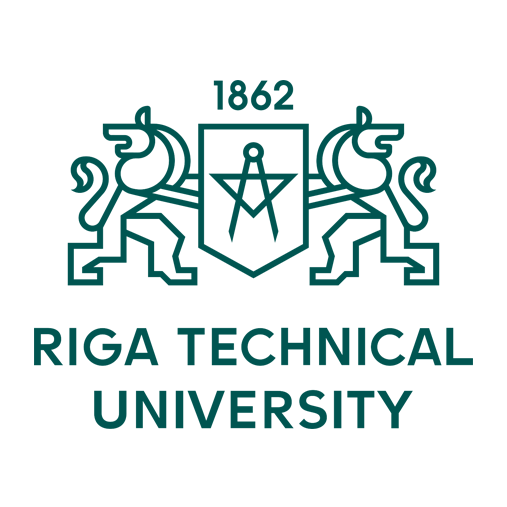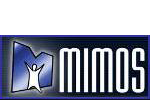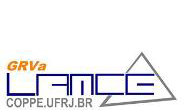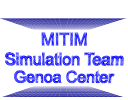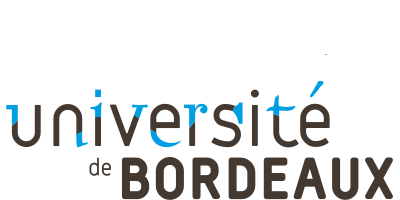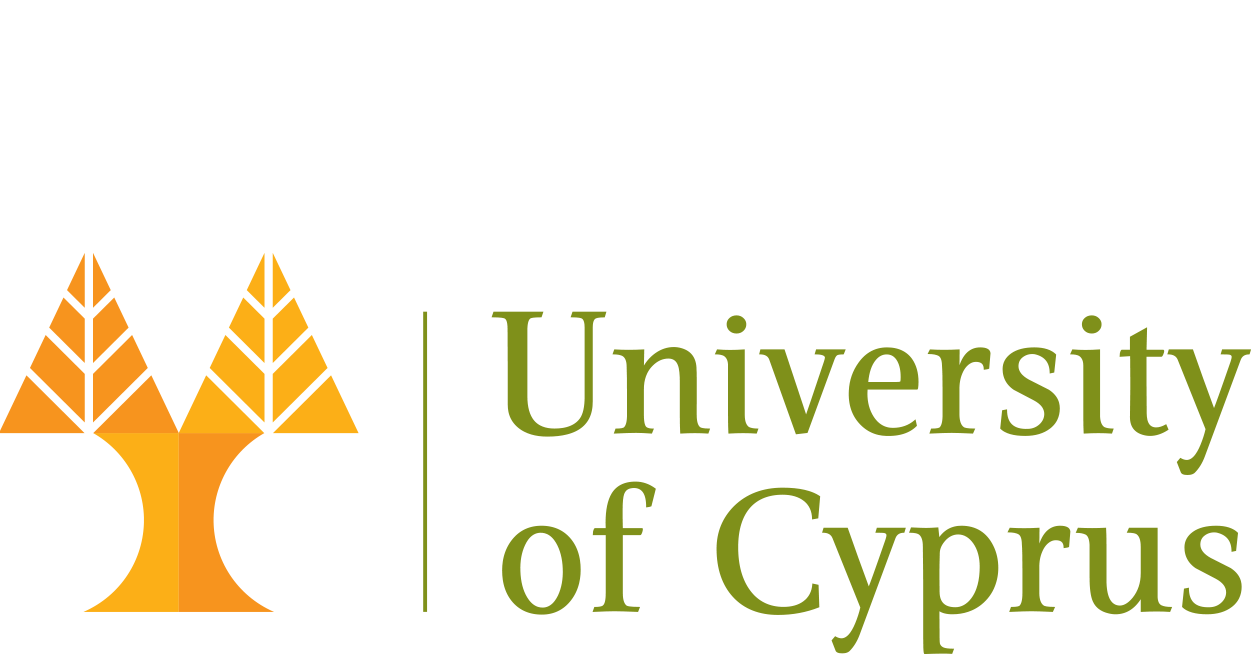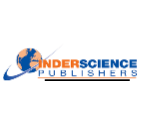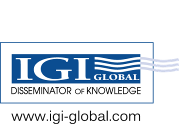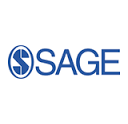EMSS 2018 Call For Papers
Workshop on Modeling and Simulation in Advanced Physics Technologies (MoSAPT)
Chairs: (a) Prof. Alexander S. Sigov; (b) Prof. Mikhail E. Belkin
Affiliation: (a) Moscow Technological University (MIREA), (Moscow, Russian Federation); (b) Moscow Technological University (MIREA), (Moscow, Russian Federation)
Contact: (a) sigov@mirea.ru ; (b) belkin@mirea.ru
Workshop Description
Advanced physics technologies play a vital role in modern worldwide science and industrial progress. There is a number of key directions characterizing the current decade evolution in this field, such as functional materials, micro- and nanoelectronics, fiber-optic telecom systems and promising radio-electronic networks with combined or all-optical processing. Besides, recent developments of RF and microwave fiber-based and integrated photonics find different applications in novel local-area telecom systems established on radio-over- fiber technology, microwave and millimeter-wave wireless telecom means, as well as vetronics. One more interesting field for photonics-based devices is VLSI circuits with optical interconnects. In the frames of the Conference, we welcome oral or poster contributions dealing with the analytic, CAD and experimental R&D works referred to advanced physics technologies-assisted materials, circuits, devices, and systems in the above-mentioned fields, especially in integrated implementation.
Preferable tracks for M&S:
- Physics and Technology of Functional Materials Modeling of functional materials brings together elements from materials science, physics, computer science, mathematics, and mechanical engineering. The scope relates (but is not limited by) to the following:
- Intriguing ideas in modeling of functional materials
- Ab initio and effective Hamiltonian models
- Simulation methods at different space scales: nanoscopic–microscopic (Metropolis Monte Carlo, molecular dynamics, etc.), microscopic–mesoscopic (dislocation dynamics, phenomenological models, kinetic methods, cellular automata, multistate&kinetic Potts models, geometrical&component models, topological network&vertex models, etc.), and mesoscopic–macroscopic levels (large-scale finite element, finite-difference&polycrystal models, etc.)
- Design of functional materials with preset properties: superconductors, magnetics, electrets, piezoelectrics, pyroelectrics, ferroics and multiferroics, semiconductors, photonic crystals, light- emitting materials, electro- and magneto-optical materials, liquid crystals, etc.
- Simulation of functional materials microstructure and properties: single crystals, ceramics, composites, amorphous solids, liquid crystals, polymers, thin films, lower-dimensional systems
- Advanced Micro- and Nano-Electronics Circuits and Devices At the end of the last century, microelectronic technology reached maturity and found widespread application in the world industry. The main products of microelectronics - integrated circuits, microprocessors, memory devices - became the basis of information technology, consumer electronics, medicine, automotive, aviation, etc. The mainstream of microelectronics development is the reduction of topological norms of transistor structures, in other words, a transition from a micrometer a nanometer range of linear dimensions or the creation of low- dimensional structures. This scientific and technological direction, called nanoelectronics, is intensively developing now. The scope relates (but is not limited by) to the following:
- Novel ideas and approaches to progress physics and chemistry of Nano electronics
- Simulation and measuring techniques at micro- and nano-space scales
- New and updated concepts to design Micro- and Nano-Electronics Integrated Circuits and Devices.
- Radio-Frequency and Microwave Photonics-based Devices and Systems For today, radio-frequency devices and systems, especially of the microwave range, based on microelectronic approach, have found the widest application in the telecommunications and radar industries. However, in the 21st century, as a result of intensive worldwide development of such promising areas as wireless communication, Internet of Things, phased-array antennas, etc., new requirements appeared for their functioning and parameters that cannot be satisfied within the framework of traditional microelectronic technology. One of the most promising approaches that provide an effective solution to the above problem is the use of microwave photonics technology.
- Novel and updating methods and approaches to promote physical and parametrical advantages of Microwave Photonics
- Simulation and measuring techniques for research and development of microwave-photonic components, devices, and systems
- New and updated concepts to design modern Radio-Frequency and future Microwave Photonics-based Devices and Systems
The scope relates (but is not limited by) to the following:
Workshop chair: A.S. Sigov, Fellow Member of the Russian Academy of Sciences
For further information please contact Prof. Alexander S. Sigov and Prof. Mikhail E. Belkin







